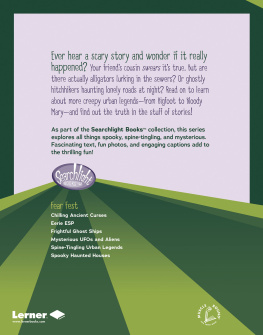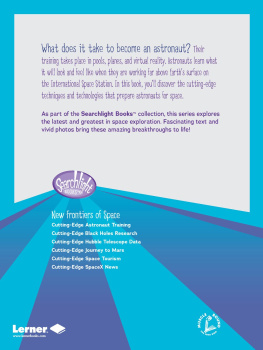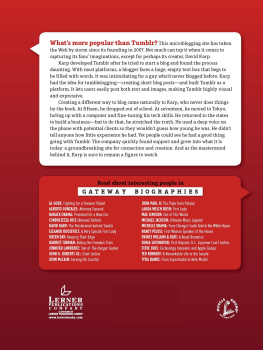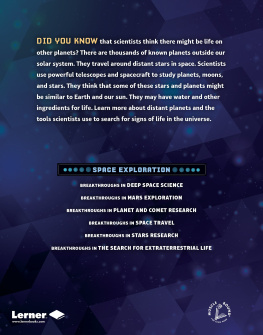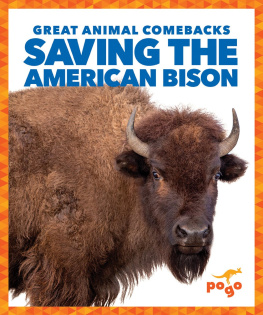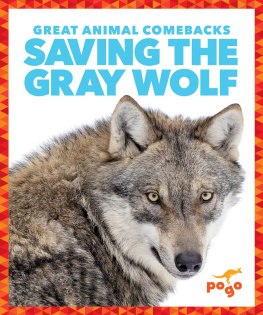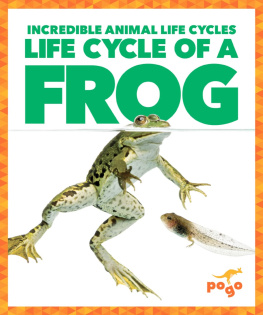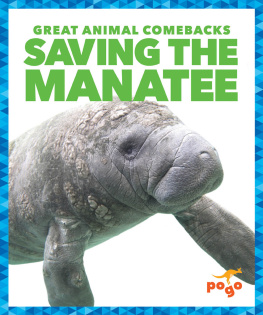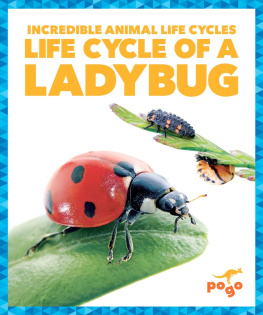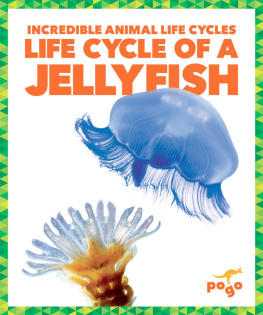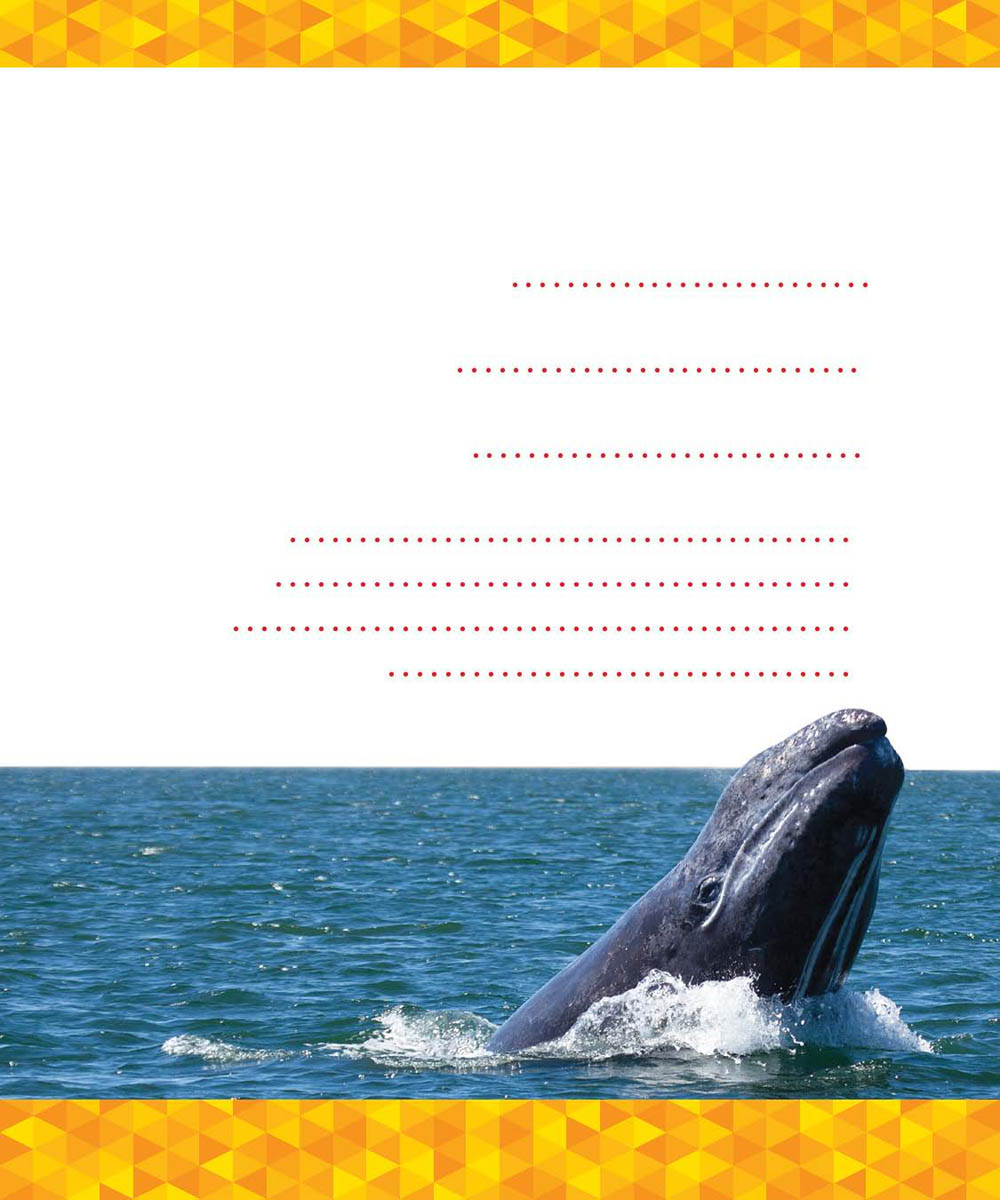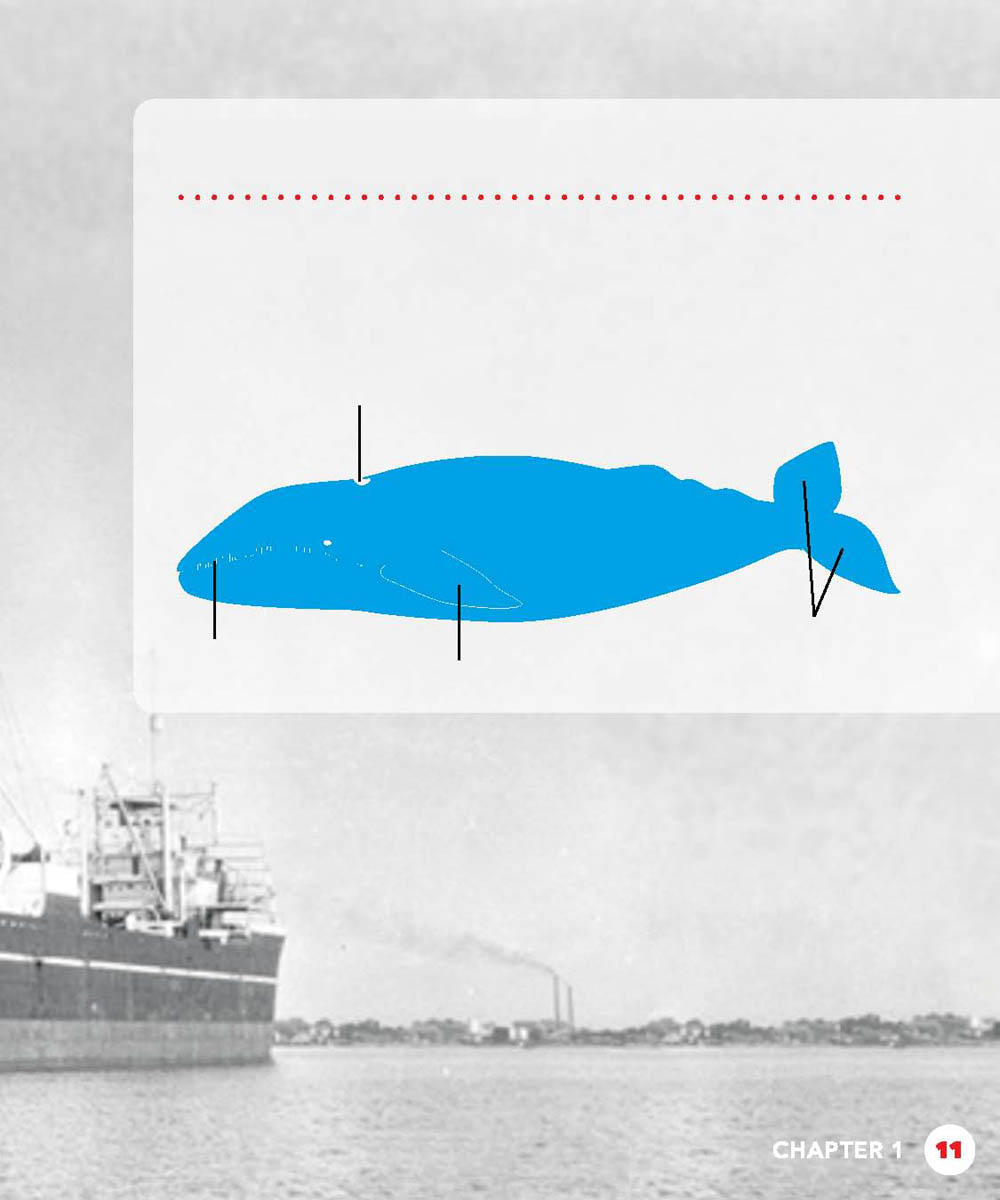Contents
Ideas for Parents
and Teachers Pogo Books let children practice
reading informational text while
introducing them to nonfiction
features such as headings, labels,
sidebars, maps, and diagrams,
as well as a table of contents,
glossary, and index. Carefully leveled text with
a strong photo match offers
early fluent readers the support
they need to succeed. Before Reading Walk through the book and
point out the various nonfiction
features. Ask the student what
purpose each feature serves. Look at the glossary together.
Read and discuss the words. Read the Book Have the child read the book
independently.
Invite him or her to list questions
that arise from reading. After Reading Discuss the childs questions.
Talk about how he or she might
find answers to those questions. Prompt the child to think more.
Ask: Did you know about gray
whales before reading this book?
What more would you like to learn
about them after reading it? Pogo Books are published by Jump! 5357 Penn Avenue South Minneapolis, MN 55419 www.jumplibrary.com Copyright 2019 Jump! International copyright reserved in all countries. No part of this book may be reproduced in any form without written permission from the publisher. Library of Congress Cataloging-in-Publication Data Names: Kenney, Karen Latchana, author. Title: Saving the gray whale / by Karen Latchana Kenney.
Description: Pogo books edition. | Minneapolis, MN : Jump!, Inc., [2019] | Series: Great animal comebacks Audience: Age 710. | Includes index. Identifiers: LCCN 2018029977 (print) LCCN 2018031489 (ebook) ISBN 9781641282833 (ebook) ISBN 9781641282826 (hardcover : alk. paper) Subjects: LCSH: Gray whaleConservation Juvenile literature. Classification: LCC QL737.C425 (ebook) | LCC QL737.
C425 K46 2019 (print) | DDC 599.5/22dc23 LC record available at https://lccn.loc.gov/2018029977 Editor: Jenna Trnka Designer: Anna Peterson Photo Credits: Hiroya Minakuchi/Minden Pictures/ SuperStock, cover, 4, 1819; Jan-Dirk Hansen/ Shutterstock, 1; MogensTrolle/iStock, 3; robertharding/ Alamy, 5; Christopher Swann/Age Fotostock, 67; Sueddeutsche Zeitung Photo/Alamy, 89; The History Collection/Alamy, 1011; Keystone/Stringer/Getty, 12; PA Images/Getty, 13; Roger Clark ARPS/Shutterstock, 1415; Oregon State University, 16; 4FR/Getty, 17; Andrea Izzotti/Shutterstock, 2021; Vikki Hunt/ Shutterstock, 23. Printed in the United States of America at Corporate Graphics in North Mankato, Minnesota.
TABLE OF CONTENTS
CHAPTER HUNTING
GRAY WHALES Gray whales fill the
San Ignacio .
They out
of the water.
calf Why are they here? The lagoon is off
the coast of Mexico. The water is warm
and calm.
baleen
They feed in these shallow waters,
too.
baleen
They feed in these shallow waters,
too.
They dig their heads into the
seafloor. Then they suck in mud
and water. Their catches
tiny shrimplike creatures. But this lagoon was once nearly
empty. Why? These whales
almost went . DID YOU KNOW? Digging up mud helps other
marine animals, too.
How?
It releases into the
water. Other animals need
these. Some animals make their homes in
the crevices left behind on the seafloor.
People began hunting gray
whales thousands of years
ago. Native American tribes
killed whales for food. Europeans shot
from ships.
They killed thousands
of whales.
DID YOU KNOW? There are two gray
whale .
The eastern North
Pacific gray whales live
along the western coast of North America.
The western North Pacific gray whales live
along the coasts of Russia, Korea, China,
and Japan. Another population used to
live in the Atlantic Ocean. But it went extinct
in the 1700s.
harpoon
Europeans made oil from gray whale
. They used the baleen, too.
In the early 1900s, large ships made
whaling easier. These ships had big
openings.
Workers could pull whales
up onto the ships. They cut them
up right there. By the 1940s, only a
few thousand gray whales were left. whaling ship
TAKE A LOOK! Europeans used baleen for many things we would now use
plastic or steel for. Like what? Fishing poles. Skirt hoops.
Umbrella ribs.
Take a look at the gray whales other parts. BLOWHOLES BALEEN FLIPPER FLUKES
CHAPTER SAVING THE
SPECIES World leaders met in 1946. They formed
the International Whaling Commission
(IWC). Countries agreed to stop hunting
whales. How many? Only at first.
As of 2018, countries were in the IWC.
People around the world wanted to help,
too.
In the 1960s, they started asking
government leaders to protect this .
Then in the 1970s, the
Mexican government
helped. They protected
their lagoons. People can
whale watch in some areas.
But they cannot go into
protected areas. In 1973, a U.S. law helped,
too.
It was the
Species Act (ESA). It protected
gray whales. How? It gave
states money for programs
to save the whales. DID YOU KNOW? Some Native American tribes can still hunt
gray whales. Why? They eat the whales
for food.


